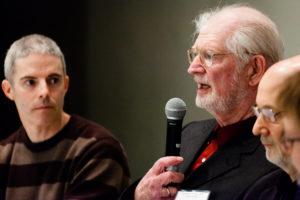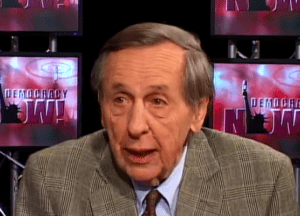Queerness and the Next System: Opening Up the Discussion
For centuries, the erasure of LGBTQ people from public policy has been the norm, but discussions about the economic future cannot sideline conversations around gender, sex and sexuality. torbakhopper / CC BY-ND 2.0
1
2
3
4
5
torbakhopper / CC BY-ND 2.0
1
2
3
4
5
This year, we’re all on shaky ground, and the need for independent journalism has never been greater. A new administration is openly attacking free press — and the stakes couldn’t be higher.
Your support is more than a donation. It helps us dig deeper into hidden truths, root out corruption and misinformation, and grow an informed, resilient community.
Independent journalism like Truthdig doesn't just report the news — it helps cultivate a better future.
Your tax-deductible gift powers fearless reporting and uncompromising analysis. Together, we can protect democracy and expose the stories that must be told.
This spring, stand with our journalists.
Dig. Root. Grow. Cultivate a better future.
Donate today.








You need to be a supporter to comment.
There are currently no responses to this article.
Be the first to respond.